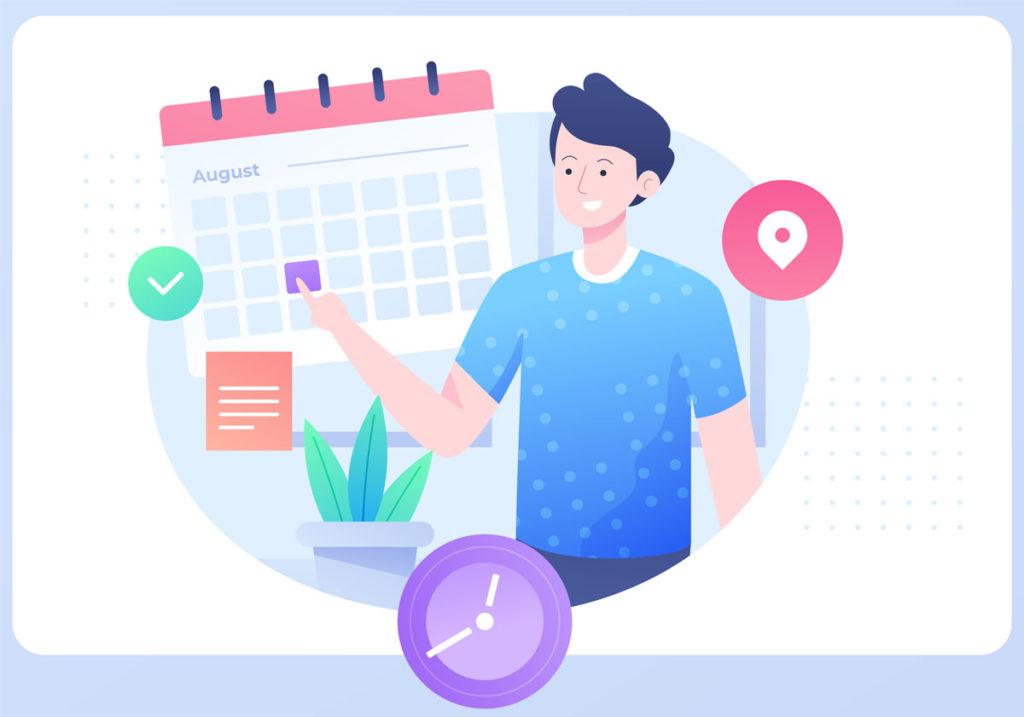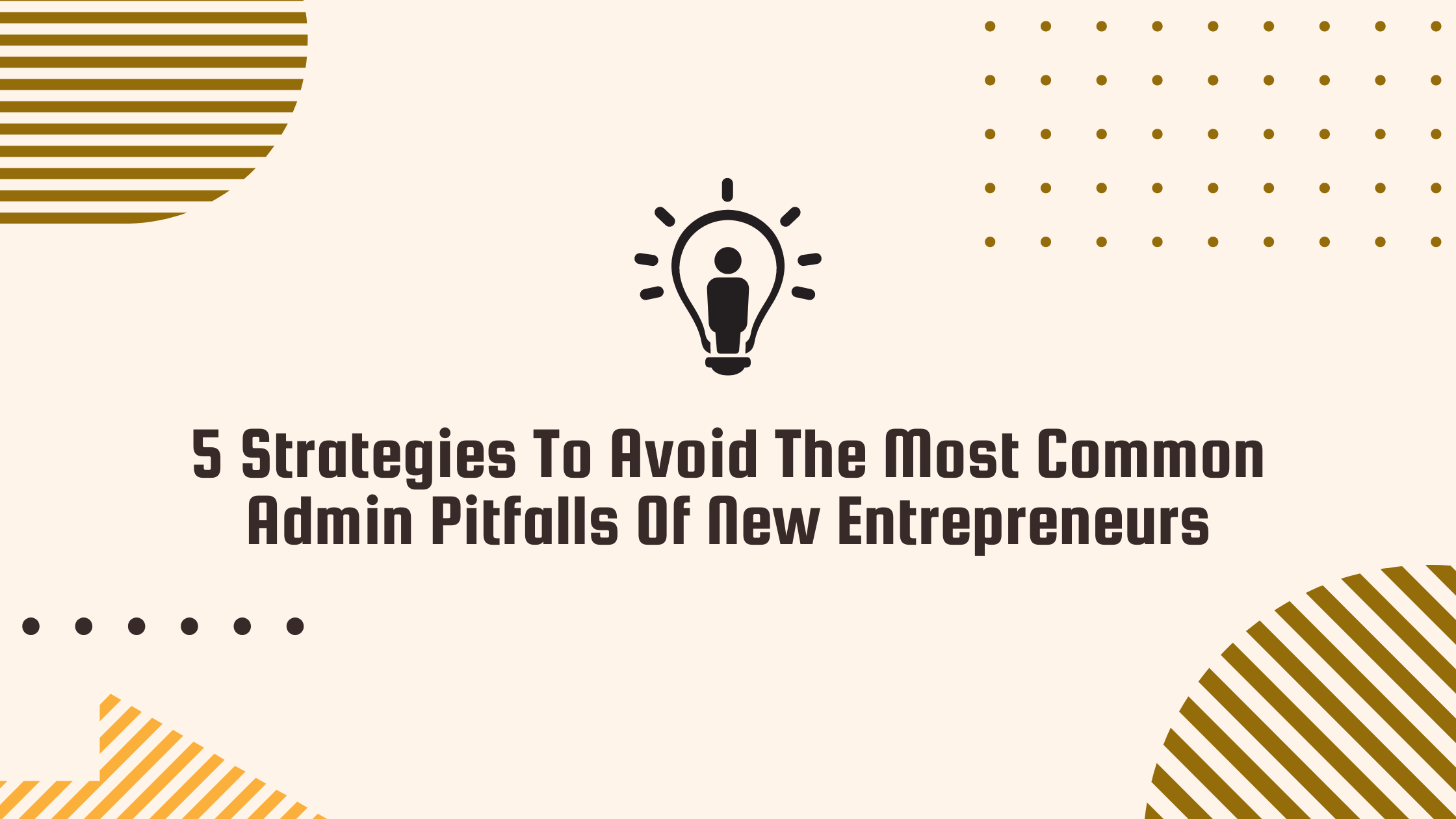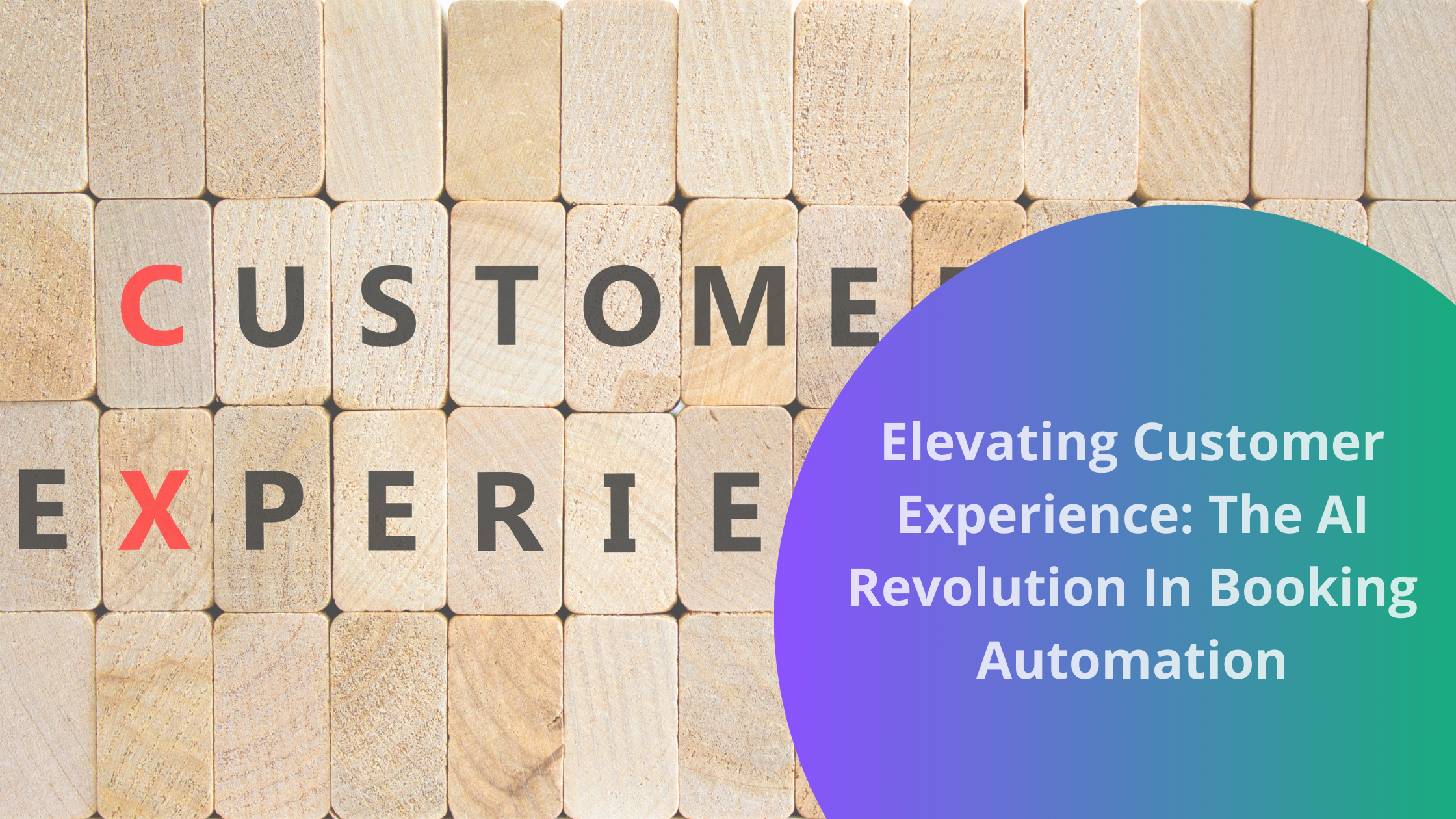Organizations looking to grow their business can benefit from having an effective strategy for customer education in place. Customer education is especially crucial during the earliest stages of the customer lifecycle, wherein they are still getting acquainted with the brand and its products or services.
Ensuring that customers have adequate information and resources about your product helps them understand its benefits and therefore underscores its value.
What Exactly Is Customer Education?
Customer Education Laboratories defines customer education as ‘the discipline of teaching customers how to use and find value from products.’ It happens both before and after a sale. For example:
- Before a sale: Educating consumers about the brand, its products, and its services.
- After a sale: Educating consumers on how the product can be used/maximized, product aftercare, as well as when and how to repurchase a product or service.
Note that customer education is not synonymous with marketing. Rather, it refers to the specific efforts and activities undertaken by a business to provide customers with knowledge, resources, and skills they will find helpful to maximize product usage. Customer education helps consumers make the most of products and services during their customer journey.
What Are the Benefits of Customer Education?
According to the latest State of Customer Training Report, 96% of organizations firmly believe that customer education is important. However, not many businesses believe that they can adequately equip their customers with needed information. Only 14% believe that customer education is adequately conducted within their organizations. This leaves a lot of room for improvement and growth in the area of customer training and education.
But the question is, what does a business stand to gain from educating its customers?
In the same way that Google continually updates its Search algorithm to provide users with an increasingly improved user experience, businesses must also strive to enrich a customers’ journey with them.
Customer education enriches the customer journey because it provides both new and loyal product users with information that they can use to maximize the product and fully enjoy its value.
Think of it this way: If a customer purchases an appliance (like a washing machine) that does not readily come with a user manual, it would be very frustrating for them. They might still find the information they need – from YouTube tutorials, blogs, or other users – however, their relationship with the brand will likely be tarnished by such an inconvenience.
Ikea, for example, is great at educating consumers about its products – how they can be used within their homes, styling ideas, etc., through user manuals and other resources on their digital platforms.
If you still aren’t convinced, here are some of the key benefits of educating consumers:
Building Customer Trust
In the age of fast fashion and mass-produced goods, customers are drawn to brands that make an active effort to enhance their customers’ knowledge about their products. According to a research, educating customers strengthens their trust in a brand and enhances customers’ perception of service and quality.
UK cosmetics brand Lush does this well. Their ‘Lush: How It’s Made’ series of videos on YouTube showcase their sourcing, production, and packaging process. They also introduce some of the compounders responsible for mixing the products by hand, providing consumers with an intimate view of the business.
Lush’s customers are also sent helpful newsletters and personalized product guides with detailed information on how to use their products. Their website is also a vast resource of information on natural ingredients and how each one can benefit the skin. The result?
Lush has what can be described as a cult following in the beauty industry, with consumers flocking to its 937 locations globally, as well as its eCommerce stores.
Reducing Customer Complaints
On top of increased consumer trust, educating customers can help brands significantly reduce customer complaints stemming from misinformation or lack of how-to knowledge. With a robust customer education strategy in place, like an external knowledge base, brands can help their customers problem-solve and troubleshoot on their own. This can help ease the burden of customer support teams, allowing them to focus on other issues.
When customer support channels are not bogged down by emails and inquiries about basic issues, they can pay better attention to the crucial ones. This leads to better productivity, quicker response times, and improved customer satisfaction.
Encouraging Customer Loyalty
Customer education acquaints customers with a certain product’s features, strengths, and even limitations. When brands make an effort to communicate these to their customers, they help set realistic expectations and exhibit transparency, something many consumers highly value.
The numbers don’t lie. Studies show that 94% of consumers are loyal to brands that offer transparency, while 53% are willing to consider newer brands that exhibit transparency.
When consumers have a deeper understanding of a business’s products and services, they are able to trust the brand better. As in any relationship, trust is an important foundation of loyalty, and it affects a business’s bottom line as well.
When consumers are loyal, the costs to secure each purchase (plus repeat purchases) are much lesser. Also, loyal customers are more likely to advocate for their favorite brands among friends and family.
7 Ways To Educate Customers
One of the best examples of great customer education is Apple. Even before each product is released, Apple loyalists and new customers alike are already equipped with readily available information. Each product is supplemented with various promotional materials, guides, and even classes and workshops on putting them to optimum use.
Apple’s retail stores also allow consumers to see and test the products and inquire about each one right at the store. The efficacy of Apple’s customer education strategy can be gauged by the long queues at Apple stores each time a new product is released.
The company’s revenue also sees continual increases, with sales increasing in billion-dollar intervals per year. In 2021 alone, the brand raked in 365.82 billion U.S. dollars.
Taking a page or two from Apple’s book, here are a few strategic ways to educate your customers:
1. Create Useful Content
Create easily accessible content in the form of blogs, social media posts, newsletters, and YouTube videos. The content can vary in format, but the important thing is to convey to consumers how they can use your products.
Remember to keep it engaging, fun, and easy to understand. Let’s say your target niche is the food industry, and you are selling personalized items to restaurants, food bloggers, and famous youtube celebrities. You could consider creating an educational article on how restaurants and celebrity chefs can improve their brand identity with personalized aprons, hats, or other custom-made products.
You can also create supplementary content for more delicate custom products with information focused on care or stain removal tips. If there are different ways of using your product, be sure to create content about it. You can even consider writing something funny or witty to engage with audiences better, such as ‘How to Wear a Chef’s Hat in 10 Different Ways.’
Approximately 51% of marketers rank video content as the marketing channel with the greatest ROI (Wordstream). Consider using a video maker to create content in a way that resonates with your audience.
2. Create Hands-On Experiences
Customer experience and engagement can greatly benefit from opportunities to see, touch, and experience your product. Lush does this by organizing events where customers can make their own bath bombs, try out various products, and test out samples.
This is rooted in the fact that most people are visual learners, which means that seeing something helps them retain information better. Depending on your niche, you can get creative about the type of hands-on experience you want to create for your brand. Food and beverage businesses, for example, can definitely benefit from tasting and sampling experiences. Tech brands, on the other hand, can help consumers understand and appreciate new devices by introducing new features and giving them hands-on experience in using them.
3. Organize Workshops
This depends on your niche, but most customers generally benefit from workshops that help them maximize a product. Several SaaS businesses, for example, host workshops that allow employees and managers in a company to understand their products better. Providing specific use-cases as to how a company or group of people can use their product can help a brand’s consumers better appreciate their offering. Also, an employee handbook is an important attribute of a company. An effective employee handbook communicates your company’s mission, values, policies, and rules to your new and existing employees.
Businesses that sell gadgets and appliances can also host workshops to tutor consumers on how to use their products and how the products can add value to their business or daily life.
4. Share Simple How-To Posts
Address common customer concerns about your product by publishing simple how-to posts on a customer portal and announcing them on social media. For example, if you’re launching a new food product that requires mixing or cooking, you can create an exciting guide about the process. This can be done via a short how-to video or a simple art card outlining the process.
Stay true to your branding by keeping your visuals and language consistent. If your brand is young and hip, then maybe you can even explore newer platforms like TikTok and publish content there. Threads is another platform you can explore. Getting followers on Threads will improve customer engagement. The important thing is to make information available to your consumers in a way that will help them to easily understand how your product works.
5. Tap Influencers
Social media influencers – bloggers, vloggers, and content creators of all kinds – can be incredibly helpful in boosting brand awareness and promoting customer education. Something as simple as a social media post showing how they use your skincare line can pique your target demographic’s curiosity as well as demonstrate how your products can be used.
Many influencers are open to partnerships, be it in the form of product exchanges or talent fees. Plus, they know how to navigate social media and can do wonders in educating consumers about your product. Many fitness influencers, for example, partner with brands that help them in their fitness journey. In return, their followers learn which products are great for muscle gain, fat burn, weight loss, and the like.
6. Create Consumer Guides
Guides can be extremely helpful in a consumer’s decision-making process. The sheer volume of products to choose from may leave them feeling confused or overwhelmed, so it’s always great to have accessible guides that they can use to help them make the right choice.
There are a lot of great content ideas and tools you can use for this. You can come up with blog posts such as ‘What Bag Suits You Best?’ where you can outline the type of activity, lifestyle, and clothing style that each bag in your product line would go well with.
Beauty brands like Sephora and other individual makeup lines take these guides further by having special tools in place. Sephora’s ‘Find My Shade’ tool, for instance, helps online customers find their perfect foundation match.
You don’t have to come up with advanced tools, though. Sometimes it can be as simple as creating social media posts to help consumers decide what to buy. You can also ramp up customer support by addressing customers’ inquiries on social media to ensure that their questions are answered. In fact, you can even leverage the product packaging to help customers learn about your product. You can do it by designing the packaging to help your customers learn in a way that explains what your product is or what it does. To do it, you can explore various product packaging ideas online or come up with one of your own.
7. Invite Industry Experts
Getting an industry expert to write a blog educating consumers about how they use your product, or shoot a video about their experience, can be incredibly powerful. Having an industry expert on your side creates a level of trust and establishes brand credibility. If you decide to use video, make sure that it’s fast and easy to share for optimal user engagement.
In the world of tech, for example, SEO (search engine optimization) experts can talk about a tool they use in their daily tasks, and the people who follow their work can likewise check out the tool. The same is true for doctors, scientists, and engineers who can thoroughly explain how (and why) they use your product or service.
You can host a webinar or use other learning platforms to discuss their field of expertise and how they use your products to maximize their service. Alternatively, invite them as guests for a one-on-one interview for your blog or vlog. For example, if your product is a piece of tech, invite an engineer or professor who can help explain how your tech can be applied and maximized in various scenarios.
Conclusion
Today, the average consumer is well-informed, and their purchasing decision is guided heavily by the information available online. Consumer education should therefore be an integral part of your brand strategy and not be ignored.
Use the best practices outlined here to educate your customers, improve their product knowledge and build brand loyalty that in turn will drive sales and help you scale your business.






